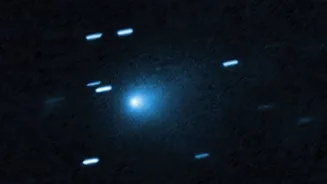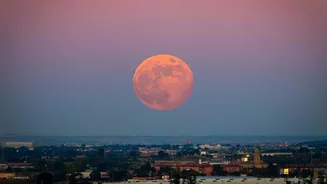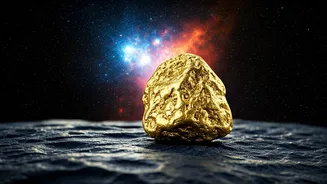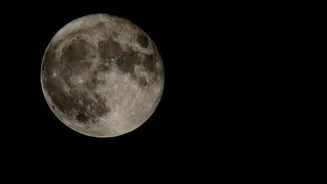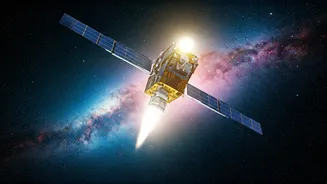Here are today’s most important updates from the realm of Science and Space.
Earth’s Outpost in Space Says Goodbye: ISS to Retire in 2030
The International Space Station (ISS), one of humanity's greatest achievements
in space, is set to end its mission in 2030. It will be safely brought down over the Pacific Ocean, closing a remarkable chapter in space exploration. By then, the ISS will have hosted humans continuously for 30 years, starting on November 2, 2000, when one astronaut and two Russian cosmonauts first arrived at the half-built station. For many years, the International Space Station (ISS) has been a symbol of human cooperation and courage. But as its journey in low Earth orbit nears its end, discussions about its true contribution and scientific significance have intensified.
A Monster Awakens: Black Hole Erupts With Light Equal to 10 Trillion Suns

Astronomers have detected the brightest black hole flare ever recorded, an event that shone with the energy of 10 trillion suns after a supermassive black hole began devouring a large star. "This is really a one-in-a-million object," said lead author Matthew Graham, a research professor of astronomy at the California Institute of Technology. The observed black hole flare is believed to be the largest and most distant one ever recorded, coming from 10 billion light-years away. This phenomenon occurred when a massive star, estimated to be at least 30 times the mass of our sun, wandered too close to a supermassive black hole and was torn apart, releasing an enormous amount of energy.
A Galactic Masterpiece: Scientists Capture Milky Way’s Most Detailed Radio Portrait Yet
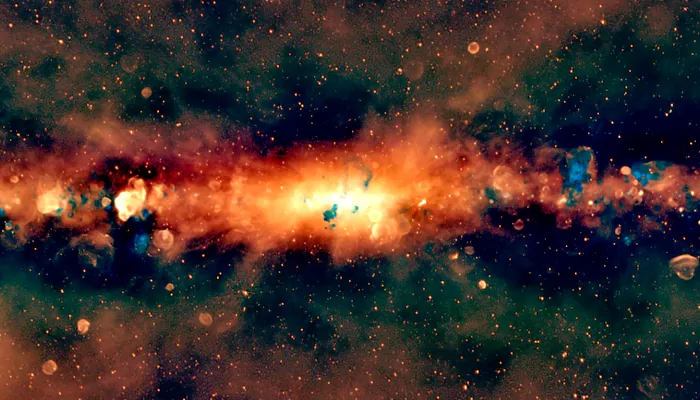
A ribbon of red splotches interspersed with blue dots marks the largest, most detailed image of the Milky Way in radio wavelengths ever assembled, researchers reported. This new side view of our fairly flat spiral galaxy, as seen from Earth’s southern hemisphere, will help astronomers find and classify objects within it and better understand ongoing processes, says astronomer Silvia Mantovanini of Curtin University in Perth, Australia. The new image was prompted by the search for supernova remnants, leftover bubbles of gas and dust from exploding stars. Most of these objects have been discovered in radio light because they can continue emitting radio waves for tens of thousands of years after an explosion.
Frozen in Time: Scientists Find 6-Million-Year-Old Ice Holding Ancient Air
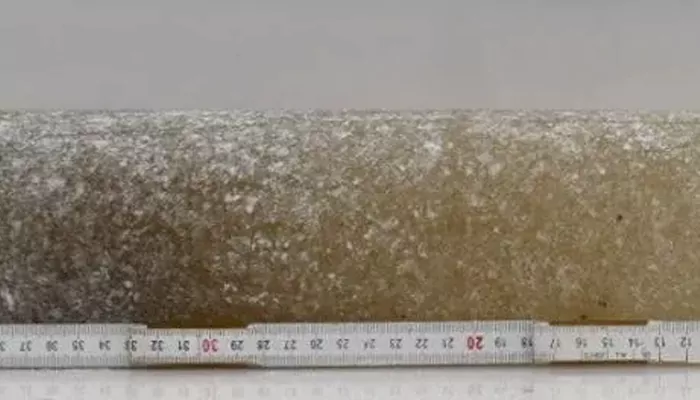
Scientists working with the Center for Oldest Ice Exploration (COLDEX) have collected the oldest directly dated ice cores ever drilled: 6 million years old. In studying the air and water from the samples, they glimpsed the climate of the ancient Earth, when the planet was warmer than it is today and sea levels were higher, and discovered evidence of a long-term cooling period. While the researchers expected to find ice up to 3 million years old here, the sample greatly exceeded expectations. Tapping into the air bubbles frozen into the ice, scientists measured an argon isotope to date the sample. Then, looking into oxygen isotopes in the ice, the team discovered there was a long-term cooling period during the Pliocene era; it appeared that the Earth cooled about 22 degrees Fahrenheit (12 degrees Celsius) over this period.





